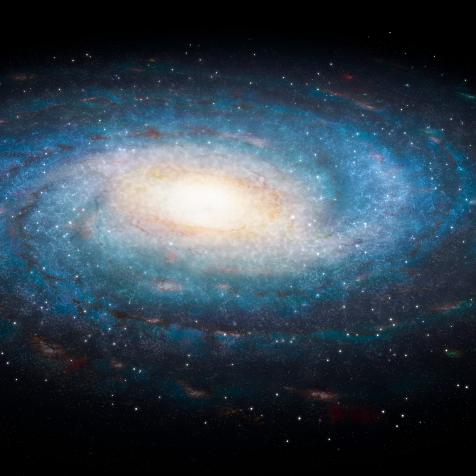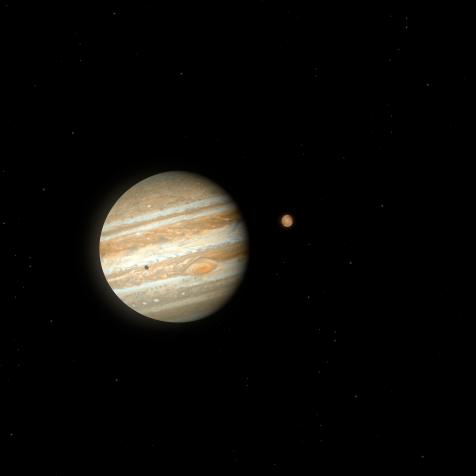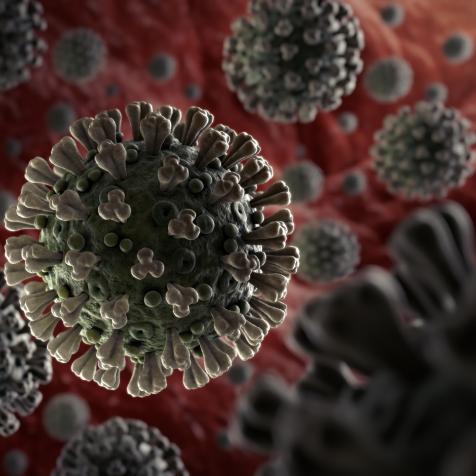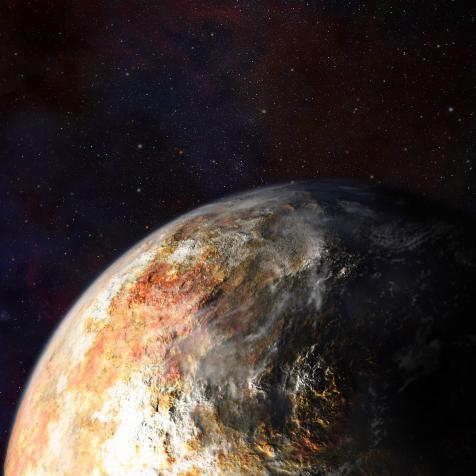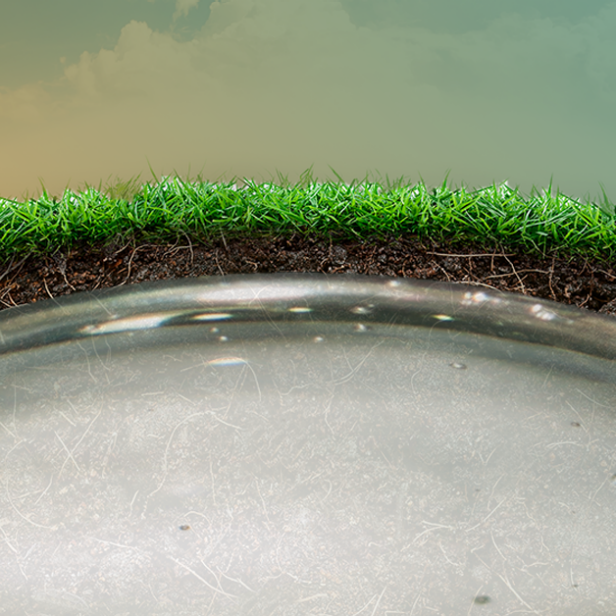
Underground Methane Bubbles Create A Dangerous Natural Trampoline
Dozens of these patches of wobbly earth are in Siberia.
It's a fantastical sight — patches of grassy, green Earth wobbling up and down like a waterbed. But there's nothing fictional about this scene. Over a dozen of these patches were discovered in Siberia in July 2016. And the reality is worrisome: these patches of bouncy grass are the result of enormous methane bubbles trapped beneath the surface. The ground in these areas is like a giant, natural, and extremely dangerous trampoline.
What's dangerous about these wobbly spots is that they could burst if enough pressure is applied. And bursting this bubble means trouble for climate change: methane is twice as potent as carbon dioxide in warming Earth's atmosphere. It's unclear how these underground gas pockets formed, but it's thought that abnormal heat caused the region's permafrost to thaw, which releases gases. Watch the land bob around like a grassy bubble in the video below.
This article first appeared on Curiosity.com.











